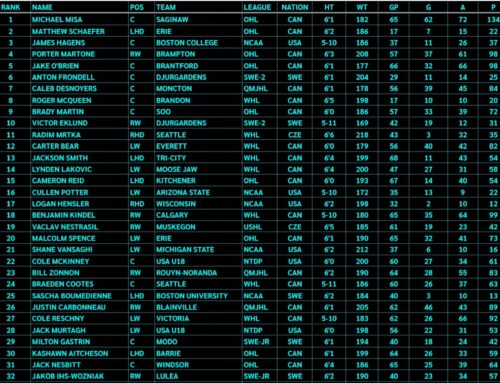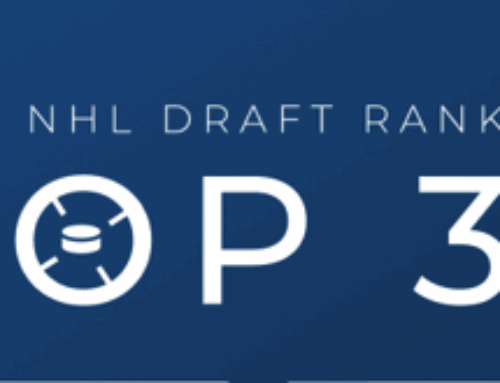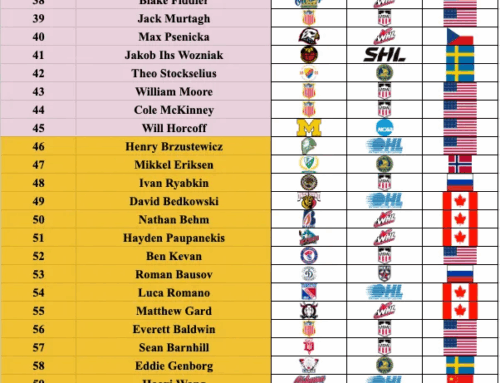David Saad’s Final 2025 Draft Rankings
David Saad
2025-06-27
Welcome back everyone!
This one’s been a very long time coming and I cannot begin to emphasize how much relief this draft year’s conclusion has brought me (more on that later) but as I look back at the year in this final write-up I find myself with a lot to be thankful for. New friends, new lessons and a small nudge to the right on our old friend the Dunning-Kruger (I hope).
The PDF of my rankings you can find >here!<
Taking Care of Business
In case this your first time reading up one of my lists, I feel the need to explain that I am not the best writer by any stretch. These rankings are more about having a place to store the ideas I’ve generated over the course of the year. It’ll get a little messy at times but within the allotted time I have to work on projects like this I try to favor function over form.
In addition, I think a bit of background on myself to explain my thought process is important if you’re trying to see my angle, a list without a philosophy is just a list after all.
To me, hockey is a game of behavior and habit. Everyone on the ice is constantly reading and reacting to each other, influencing further and further decision-making at breakneck speeds, weaving a complex tapestry on the ice. What I look for is players that can hold the most authority on the canvas, who are able to influence the state of a game more then anyone else can. To identify these types of players I look for 3 things.
1) Activation. How quickly can a player recognize an action to take? Players who excel here are fast, engaged thinkers, that properly read play away from them and are quick to pounce on the opportunity to make a play. and take …
2) Action. Once you find the opportunity, what are you doing to push play positively? Players who excel here, are highly intelligent and highly skilled. These are the players you want to be the ones gaining, maintaining and building possession, that makes good stuff happen whenever they make a play. How often they are able to do that is informed by…
3) Access. How often is a player capable of activating? While the prior two are about how quickly a player engages, availability measures how often they engage. Players who excel here usually have the inherent athletic tools and/or behavioral traits that allow them play their game at the highest possible level.
To be a professional hockey player, I believe all of these are necessary. To break it down: You got to be able to put yourself in position to do good things, recognize when you can do good things, and then actually do those good things. That’s why you’ll find a pattern of speed, both mental and physical but especially the former, being something I greatly value. The NHL is the fastest game in the world, and its best go through this cycle at speeds that can jar the unprepared.
Where’s your head at?
Just like the reality that this article is 50k+ words of some guy talking about 17-year-olds, some context will be necessary. To be plain, this draft gets weak fast. Alarmingly so. This is the kind of year you want to trade your firsts and I expect a lot of movement to come close to the draft as a result. For comparison, I felt that the “just take who you like” vibe started hitting at around mid round 3 last year. This year, I can see it starting as early as round 2; hell maybe even round 1. Point is this draft’s depth is weak, it’s been known.
I’ve kinda resigned to being a good deal more forgiving then I’d generally be, as my threshold for ignoring my inner voice saying “I just like him” was at an all-time low. I do think I might have been too stubborn/too optimistic in some spots, but the draft is 3 days away at the timing of my writing this segment and I think this class has already received enough of my attention
Anyway enough of the preamble. On to the meat and potatoes.
If you would like to see the online version, or want to see more of David’s writing, make sure to head over to his page on Substack. And, as always, if you enjoyed this, don’t forget to follow David on X @SaadScouting.






